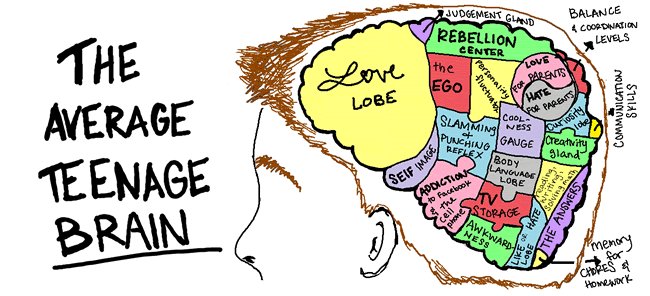
As you know, I’ve been teaching my son to drive this past month. It’s been interesting… On more than one occasion, I’ve mentioned the “10,000 hours” of deliberate practice he needs (Outliers, Malcolm Gladwell). Let me tell you: that thought has been keeping me awake at night. 10,000 hours until he’s got this??? Seriously?!? It’s going to take him forever!
And it gets worse. Recent studies have shown that “10,000 hours” won’t necessarily lead to learning, except in environments that have “super stable structures.” And let’s face it: learning to drive is not exactly what you’d call a super stable structure. (New Study Destroys Malcolm Gladwell’s 10,000 Hour Rule)
But I’m encouraged by what I just read in The Teenage Brain: an entire chapter devoted to neural plasticity, neurons, dendrites, synapses, and gray matter… in other words–learning! What follows is great advice for parents and teachers alike.
At the risk of oversimplifying the science, let me share this excerpt from the chapter: “Teens have more gray matter than adults,” and “[Learning] is indeed more robust in teens. … the strength of [learning] was ‘way better’ in adolescents. … So what this means is that memories are easier to make and last longer when acquired in teen years compared with adult years. This is a fact that should not be ignored! This is the time to identify strengths and invest in emerging talents. It’s also the time when you can get the best results from remediation, special help, for learning and emotional issues” (Jensen, pp. 78-79).
If you are a parent or a teacher or a teenager, you’d better pause for a moment and let that sink in.
And for those of us teaching our kids to drive, hopefully we’ll get to experience this science first-hand, and we may just discover that our teens really can reach mastery in a little less than 10,000 hours.
Cheers!

Jensen, F. E., & Nutt, A. E. (2016). The teenage brain: a neuroscientists survival guide to raising adolescents and young adults. New York: London.
